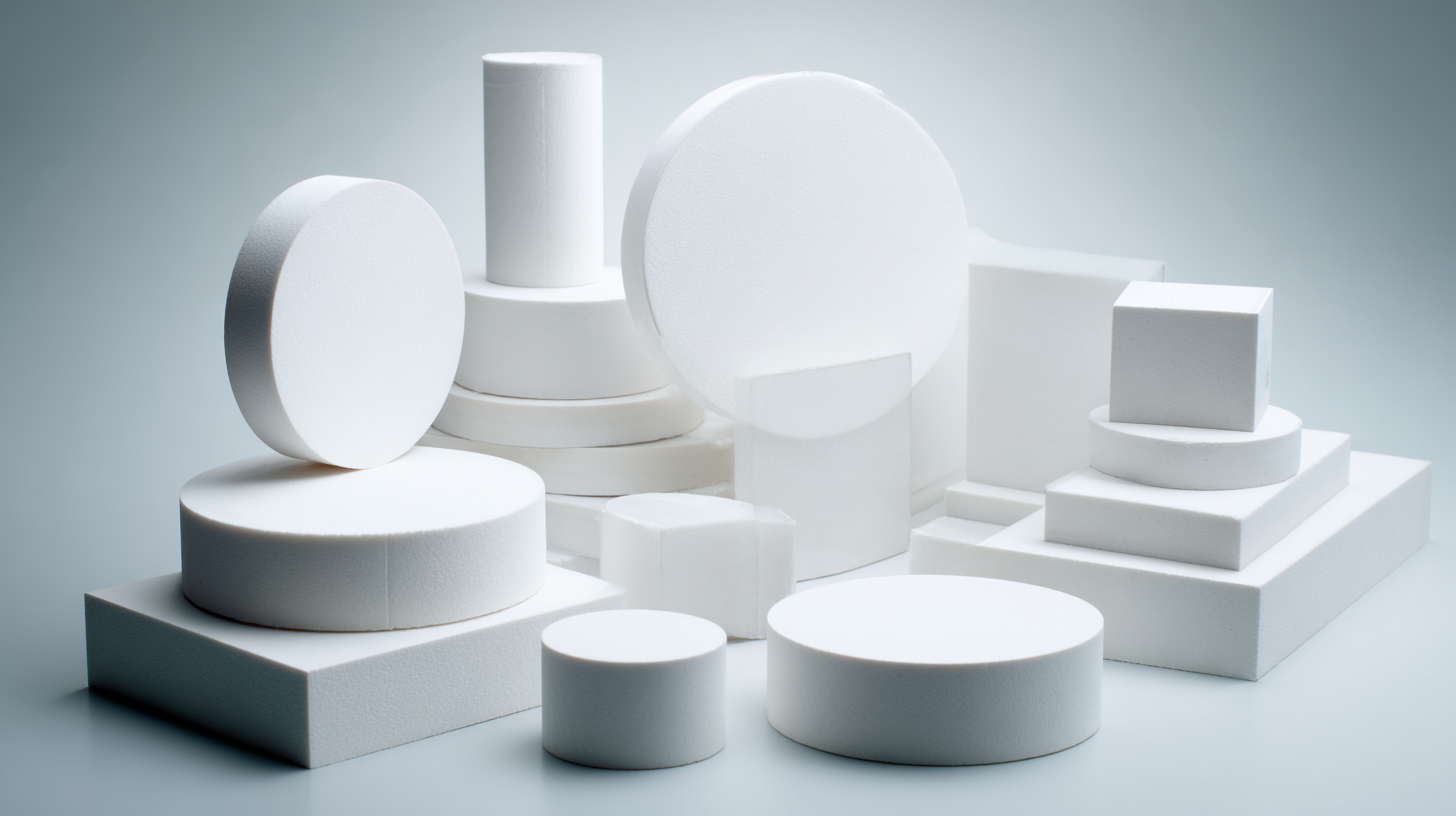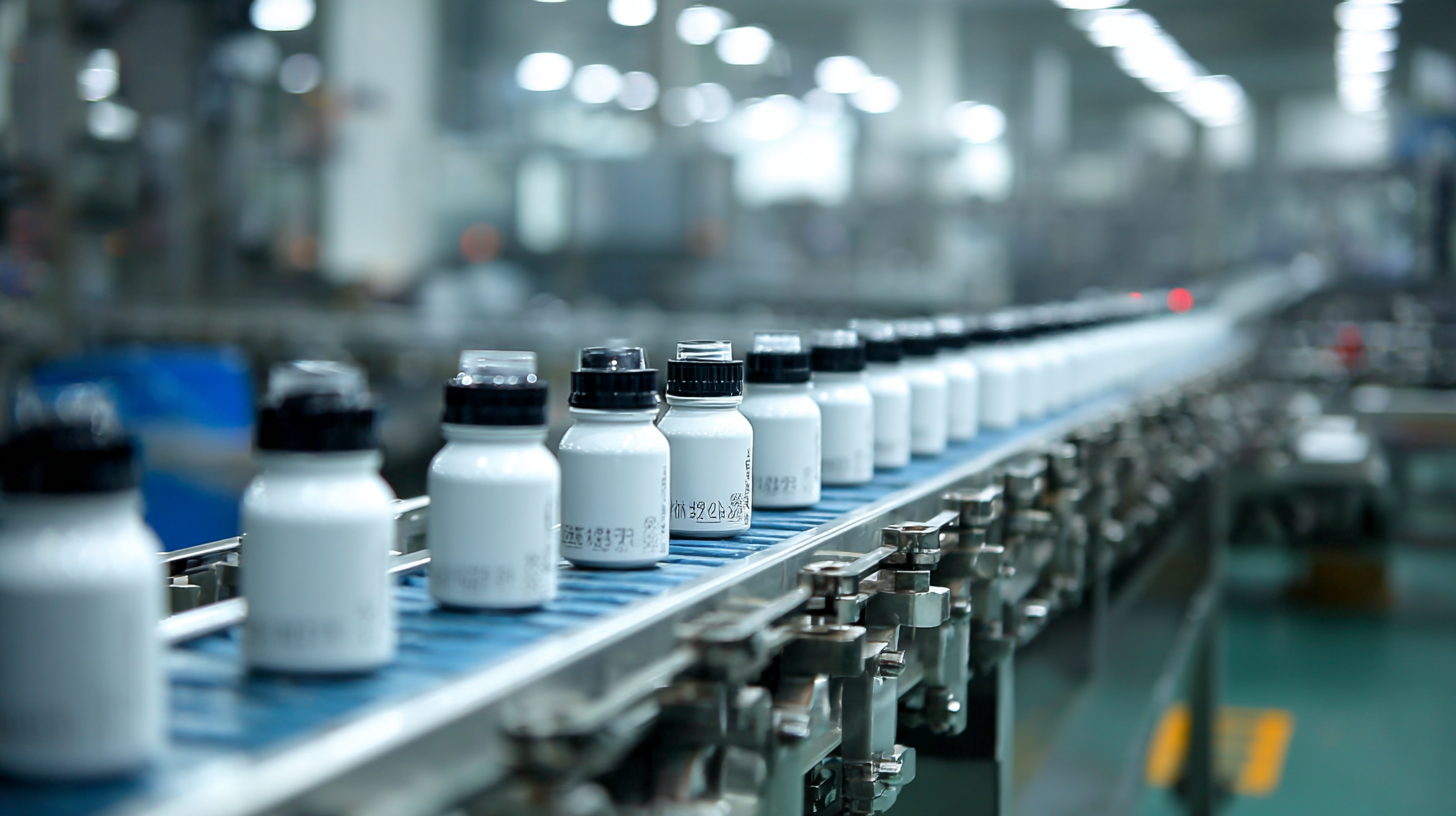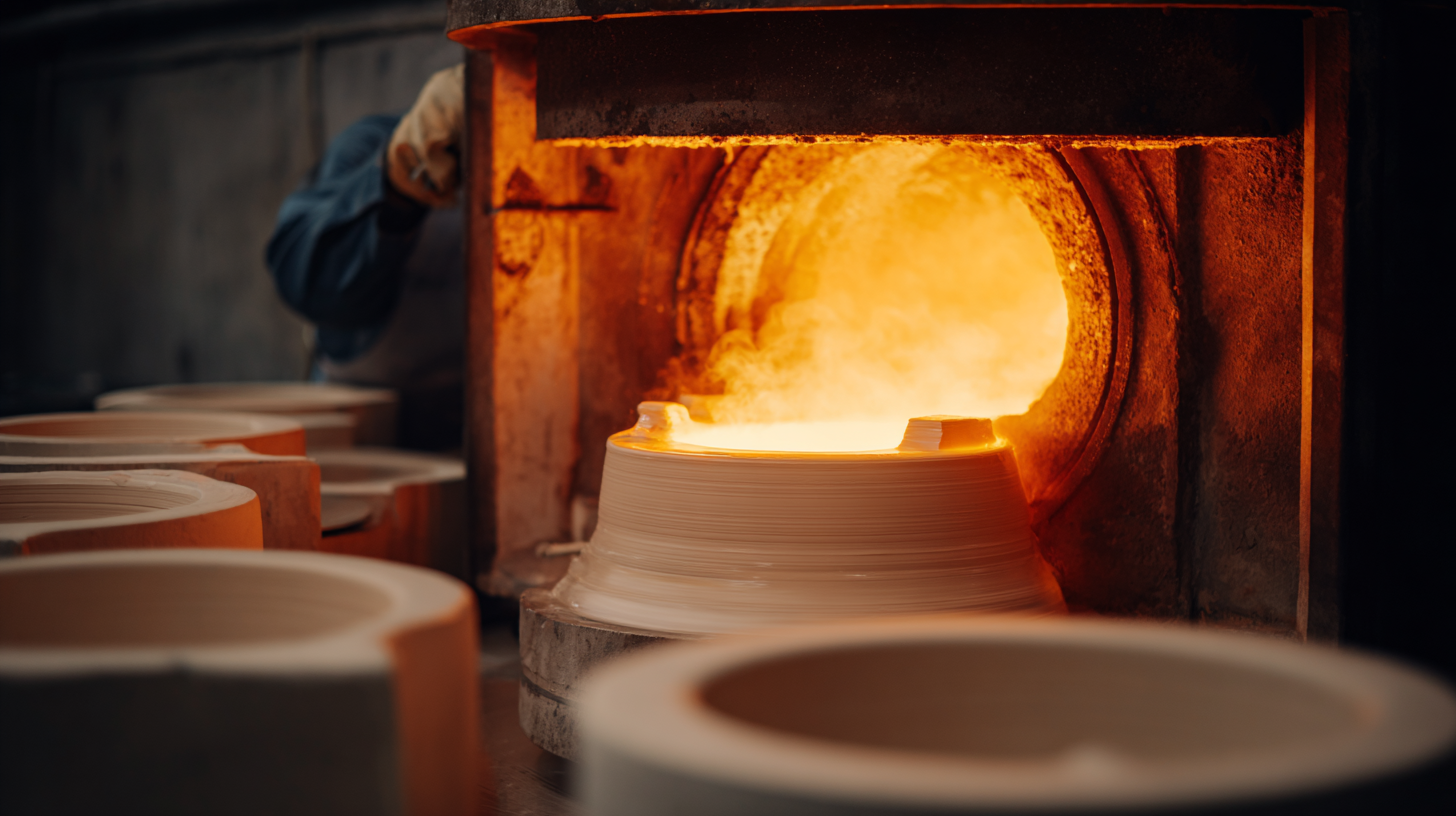Leave Your Message
 In the realm of advanced materials, Alumina Ceramic has emerged as a pivotal component due to its exceptional properties, including high wear resistance, thermal stability, and electrical insulation. According to a recent market research report by Grand View Research, the global alumina ceramics market is projected to reach USD 15.82 billion by 2026, expanding at a CAGR of 6.8% during the forecast period. However, navigating the complexities of global standards in the production of Alumina Ceramic remains a formidable challenge for manufacturers. As industries increasingly demand high-quality, standardized products to meet diverse applications—from electronics to biomedical devices—understanding and adhering to these regulations is critical.
This blog will explore the current landscape of Alumina Ceramic production standards, the challenges faced by producers, and strategies for overcoming these obstacles to enhance competitive advantage in the global market.
In the realm of advanced materials, Alumina Ceramic has emerged as a pivotal component due to its exceptional properties, including high wear resistance, thermal stability, and electrical insulation. According to a recent market research report by Grand View Research, the global alumina ceramics market is projected to reach USD 15.82 billion by 2026, expanding at a CAGR of 6.8% during the forecast period. However, navigating the complexities of global standards in the production of Alumina Ceramic remains a formidable challenge for manufacturers. As industries increasingly demand high-quality, standardized products to meet diverse applications—from electronics to biomedical devices—understanding and adhering to these regulations is critical.
This blog will explore the current landscape of Alumina Ceramic production standards, the challenges faced by producers, and strategies for overcoming these obstacles to enhance competitive advantage in the global market.
The production of alumina ceramics requires strict adherence to
global standards, which play a crucial role in ensuring product quality, safety, and consistency.
As industries increasingly rely on high-performance ceramics for applications ranging from electronics to
aerospace, understanding these global standards becomes essential.
They provide a framework that not only facilitates international trade but also promotes the interchangeability of materials
and manufacturing processes across borders.
Moreover, compliance with global standards helps manufacturers to enhance their reputation and build trust among consumers.
When clients are assured that alumina ceramics meet established guidelines, it boosts confidence in their performance and reliability.
Failure to adhere to these standards can result in subpar products, leading to potential safety hazards and significant financial losses.
Therefore, navigating the complexities of these global benchmarks is not just about meeting regulatory requirements;
it is fundamentally tied to the long-term success and sustainability of businesses in the alumina ceramic industry.

Manufacturers of alumina ceramics face several challenges when attempting to meet international standards. One of the primary issues is the discrepancy between various global regulations and standards set by different organizations. These inconsistencies can lead to confusion and additional costs for manufacturers who must adapt their processes and products to comply with multiple sets of guidelines. Moreover, navigating these regulatory landscapes requires significant investment in both time and resources, often stretching the capacities of manufacturers.
Another critical challenge is ensuring the quality and consistency of materials used in alumina ceramic production. International standards often stipulate strict specifications regarding chemical composition, mechanical properties, and thermal stability. Meeting these specifications necessitates rigorous quality control measures, which can be difficult to implement, particularly for smaller manufacturers with limited resources. Additionally, any deviation from these standards can result in non-compliance, potentially leading to product recalls or reputational damage, further complicating the landscape for manufacturers striving to establish a foothold in a competitive global market.
| Challenge Category | Description | Impact on Production | Potential Solutions |
|---|---|---|---|
| Quality Control | Ensuring that alumina ceramics meet stringent quality metrics set by international standards. | Increased rejection rates leading to production delays. | Implementation of advanced QA/QC systems and regular training of staff. |
| Regulatory Compliance | Adhering to diverse regulations across different markets can be complex and varies significantly. | Potential for legal penalties and market withdrawal. | Engaging with regulatory consultants to stay updated on compliance requirements. |
| Material Sourcing | Difficulty in sourcing high-grade raw materials that meet international purity standards. | Lower product quality and inability to meet production targets. | Building strong relationships with reliable suppliers and having multiple sourcing options. |
| Technological Advancements | Keeping pace with rapidly evolving technologies in the ceramic industry. | Risk of obsolescence and competitive disadvantage. | Investing in R&D and continuous training for staff on new technologies. |
| Cost Management | Balancing cost reduction while maintaining quality to meet standards. | Margins may become too thin to sustain operations. | Streamlining processes and optimizing supply chain efficiency. |
In the competitive landscape of alumina ceramic production, manufacturers face numerous global standards challenges that necessitate innovative solutions. To enhance production quality and efficiency, companies are increasingly turning to advanced technologies such as automation and data analytics.
By integrating smart manufacturing systems, producers can monitor real-time production metrics, ensuring that quality control processes are optimized throughout the production cycle. This approach not only reduces defects but also streamlines operations, resulting in significant cost savings.
Moreover, collaboration across the supply chain plays a vital role in addressing quality challenges. Establishing partnerships with key players, from raw material suppliers to logistics providers, enables manufacturers to align their practices with international standards. This collective approach fosters knowledge sharing and the development of best practices, which can lead to improved overall product quality. Implementing thorough training programs focused on these standards also empowers the workforce, ensuring that all employees are equipped with the skills needed to maintain high-quality production standards in an ever-evolving market.
In today’s advanced manufacturing landscape, the role of technology in achieving world-class standards in best alumina ceramic production cannot be overstated. Industry reports indicate that the global alumina market is expected to reach $67.2 billion by 2027, with a compound annual growth rate (CAGR) of 7.4% between 2020 and 2027. This growth is largely driven by the integration of cutting-edge technologies such as automation, artificial intelligence, and machine learning into production processes, enhancing both efficiency and quality.
The adoption of advanced manufacturing technologies enables producers to meet stringent global standards. For instance, real-time monitoring and predictive analytics allow for precise control over the production environment, ensuring consistency and reducing defects. According to a study by the International Journal of Advanced Manufacturing Technology, implementation of Industry 4.0 solutions in ceramic manufacturing has led to a 20% increase in production efficiency and a 15% reduction in material waste. These statistics highlight how embracing technological innovations not only meets but exceeds quality expectations, positioning manufacturers competitively in an increasingly quality-conscious market.
The production of alumina ceramics in China has attained remarkable success, largely due to stringent adherence to quality standards and innovative manufacturing practices. Industry reports indicate that the global market for alumina ceramics is projected to reach USD 9.1 billion by 2025, driven by increasing demand in various sectors, including electronics and aerospace. This burgeoning market highlights the importance of optimizing production methods to meet international standards while catering to domestic needs.

A notable case study is the approach taken by leading manufacturers in China, which involves leveraging advanced technologies and raw material sourcing to enhance product quality. Companies have adopted techniques for refining alumina particles and controlling sintering conditions, resulting in products with improved mechanical strength and durability. For instance, some manufacturers have achieved 99.9% purity in their alumina ceramics, significantly surpassing industry benchmarks. This level of excellence can be partially attributed to robust partnerships with local suppliers, ensuring a steady flow of high-quality raw materials necessary for top-tier ceramic production. The proactive engagement in research and development has positioned Chinese firms as formidable players in the global competitive landscape, showcasing their ability to not only meet but exceed global standards in alumina ceramic manufacturing.
